Avidyā: The Buddhist concept of ignorance
The concept of avidyā, commonly translated as “ignorance” or “unawareness”, holds a central position in Buddhist philosophy. It is considered one of the primary causes of human suffering (dukkha). Far from denoting a simple lack of information, avidyā is a specific type of existential misunderstanding: a deep-seated misapprehension of reality, particularly with regard to the nature of the self, the impermanence of phenomena, and the principles of causality. In this post, we explore avidyā as it appears in classical Buddhist thought, examine its psychological and philosophical implications, and consider how the notion diverges from Western understandings of ignorance or error.

A blind woman with a walking stick and a pot, standing on the threshold of her home and reaching outward toward an unseen precipice. The motif is based on early Buddhist visual representations of avidyā (ignorance), commonly featured in the bhāvacakra or ‘Wheel of Life’ illustrations. The blind woman symbolizes the fundamental misapprehension of reality — the inability to perceive things as they truly are — which in Buddhist doctrine stands at the origin of the cycle of dependent origination and the perpetuation of suffering (dukkha). Source: Created with DALL•E.
The role of avidyā in Buddhist thought
In Buddhist doctrine, avidyā is frequently placed at the root of the twelve links of dependent origination (pratītyasamutpāda), a foundational schema that describes the interdependent causes of existence and suffering. According to this model, avidyā gives rise to volitional formations (saṃskāras), which in turn condition consciousness (vijñāna), and so on, eventually leading to birth, aging, death, and suffering. The circular nature of this chain implies that ignorance is not just a starting point but a perpetuating factor in a closed loop that continuously regenerates suffering.
This diagnosis of ignorance is not moralistic but ontological. Siddhartha Gautama, did not present avidyā as a sin or a fault, but as a form of cognitive distortion. Human beings are seen as perceiving the world through a veil of delusions: they believe in a stable, independent self; they assume permanence in a world of impermanence; they cling to experiences and objects as if these could provide lasting satisfaction. From this point of view, avidyā is not mere absence of knowledge but rather the presence of an erroneous view — a misknowing that fundamentally warps human perception and behavior.
This misapprehension plays out most crucially in the grasping at a permanent self (ātman), a tendency that Buddhism regards as a primary illusion. While non-Buddhist Indian philosophies of Siddhartha’s time tended to affirm the existence of such a self or soul, Buddhist analysis emphasized the composite, impermanent, and interdependent nature of all phenomena, including the person. The doctrine of anātman — non-self — is meant to counter avidyā by dismantling the illusion of an enduring personal identity.
Epistemological and psychological dimensions
What makes avidyā unique in its framing is the way it bridges epistemology and psychology. It is not only a wrong way of thinking but also a deeply ingrained tendency of the human mind. This is why, in Buddhist soteriology, liberation is not achieved through intellectual learning alone but requires transformative insight (vipassanā) achieved through meditative practice. Overcoming avidyā is thus not equivalent to acquiring a set of propositions or dogmas, but rather involves a radical reorientation of one’s perceptual and cognitive habits.
In this context, knowledge (vidyā) is not a matter of accumulating data or even understanding philosophical arguments; it is a mode of experiential seeing that reveals the impermanent, unsatisfactory, and non-self nature of all phenomena. The role of ethical conduct and mental discipline in Buddhist practice is to prepare the mind for this kind of insight, which is considered non-conceptual and intuitive rather than discursive. This distinguishes the Buddhist notion of ignorance from Western traditions that often separate knowledge from ethical or psychological transformation.
Moreover, Buddhist texts sometimes identify avidyā as beginningless, suggesting that it is not caused by any prior factor and cannot be traced to a single origin in time. This positions it not as a temporary state that individuals fall into, but as a fundamental condition of saṃsāric existence. In contrast to the Western Enlightenment ideal, which presupposes that truth becomes accessible through reason and empirical inquiry, Buddhism holds that avidyā is not so easily dispelled. It pervades consciousness in a way that requires existential, rather than merely intellectual, resolution.
Avidyā in Mahāyāna and later traditions
In Mahāyāna Buddhism, the analysis of avidyā was further refined, especially in schools such as Madhyamaka and Yogācāra. The Madhyamaka tradition, founded by Nāgārjuna, identified avidyā as the failure to perceive śūnyatā, or emptiness — the lack of inherent existence in all phenomena. According to this view, not only the self but all things are devoid of independent essence, existing only in mutual dependence. Here, avidyā is the superimposition of conceptual constructions onto the fluid, interdependent nature of reality.
Yogācāra philosophy, on the other hand, emphasized the role of mental projections and latent impressions (vāsanās) in sustaining avidyā. According to this school, what we take to be external reality is actually a manifestation of mind, shaped by deeply ingrained karmic habits. Thus, ignorance becomes not only a philosophical error but a phenomenological one: we see what our mental imprints predispose us to see, not what is actually there. This perspective aligns with modern cognitive science to some degree, which recognizes the role of prior experience in shaping perception.
Comparison with Western thought
The Buddhist concept of avidyā differs sharply from Western ideas of ignorance. In many Western frameworks, especially those influenced by Greek philosophy and Enlightenment rationalism, ignorance is largely a deficiency of knowledge — something that can be corrected by education, reasoning, or empirical investigation. While Socratic philosophy did point toward a deeper kind of ignorance — not knowing that one does not know — this remained largely within the realm of dialectical awareness rather than ontological or experiential transformation.
In Christian theology, ignorance has often been associated with sin or moral failure, particularly when it pertains to knowledge of God. Though there is room in some traditions for “invincible ignorance” (ignorance for which one is not morally culpable), the underlying assumption remains that ignorance is a barrier to salvation, often due to willful rejection of divine truth. Buddhism, by contrast, does not frame avidyā in terms of divine command or revelation but treats it as a cognitive distortion to be seen through, not judged.
Importantly, Buddhism does not propose that truth is external and needs to be learned from an authority; instead, it asserts that truth (dharma) is already accessible, even self-evident, once the distorting filters of avidyā are removed. This inward, experiential orientation gives Buddhist epistemology a distinctly introspective quality, in contrast to the external, often objectivist epistemologies that dominate Western thought.
Conclusion
The concept of avidyā serves as a linchpin in Buddhist thought, explaining the root of suffering not as external misfortune or divine punishment, but as a result of a fundamental cognitive error. It is a misperception embedded in the structure of consciousness itself, and overcoming it is presented not as a matter of faith or obedience, but of awakening to reality as it is.
This framework provides a powerful alternative to Western paradigms that tend to treat knowledge as primarily intellectual or empirical. In positing that ignorance is not just a lack but a presence — an active misperception — Buddhism redefines the task of philosophy and psychology alike. It suggests that transformation comes not from the accumulation of data or adherence to doctrine, but from an inner seeing that cuts through illusion.
Critically, however, the Buddhist framing of avidyā has its own limitations. Its reliance on meditative insight as the only real antidote to ignorance can render it inaccessible to those outside monastic or contemplative life. Furthermore, while it rejects dogma in theory, institutional Buddhism has not always resisted the tendency to enshrine certain views as authoritative, thereby risking the very reification that avidyā warns against.
Nevertheless, the Buddhist approach to ignorance, with its emphasis on lived experience and cognitive transformation, offers a nuanced and potentially liberating view of the human condition. It reframes the pursuit of knowledge not as conquest over nature or accumulation of truths, but as a quieting of mental constructions that obscure reality. In a time where information is abundant but wisdom scarce, this perspective remains strikingly relevant.
References and further reading
- Oliver Freiberger, Christoph Kleine, Buddhismus - Handbuch und kritische Einführung, 2011, Vandenhoeck & Ruprecht, ISBN: 9783525500040
- Rupert Gethin, The Foundations Of Buddhism, 1998, Oxford University Press, ISBN: 9780192892232
- Oliver Bottini, Das grosse O.W. Barth-Buch des Buddhismus, 2004, Ebner & Spiegel GmbH, ISBN: 9783502611264
- Richard Francis Gombrich, How Buddhism began – The conditioned genesis of the early teachings, 2006, Taylor & Francis, ISBN: 9780415371230
- Sebastian Gäb, Die Philosophie des Buddha - Eine Einführung, 2024, UTB, ISBN: 9783825262013
- Erich Frauwallner, Die Philosophie des Buddhismus, 2009, De Gruyter Akademie Forschung, ISBN: 978-3050045313
- Mark Siderits, Buddhism As Philosophy - An Introduction, 2007, Ashgate Publishing, Ltd., ISBN: 9780754653691
- Richard Francis Gombrich, What the Buddha thought, 2009, Equinox Publishing (UK), ISBN: 9781845536121
- Walpola Rāhula, What the Buddha taught, 1974, Grove Press, ISBN: 9780802130310
- Jr. Buswell, Robert E., Jr. Lopez, Donald S., Juhn Ahn, J. Wayne Bass, William Chu, The Princeton dictionary of Buddhism, 2014, Princeton University Press, ISBN: 978-0-691-15786-3



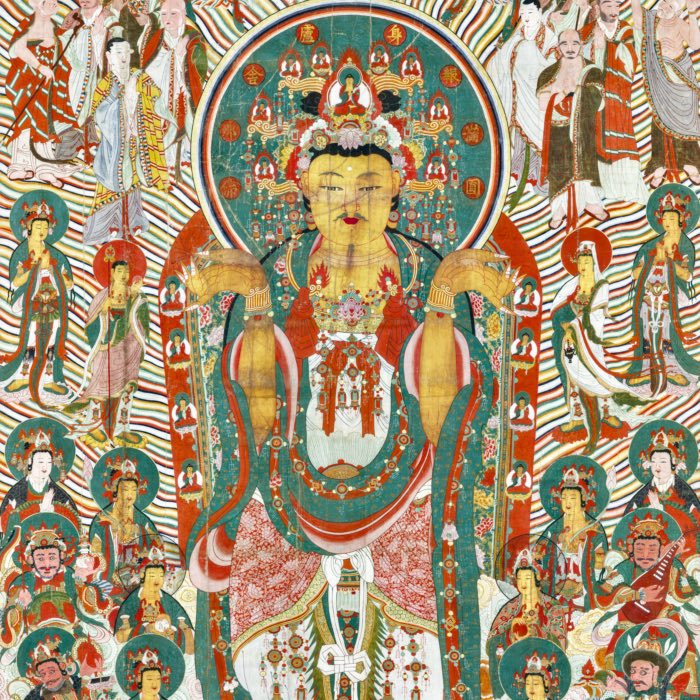
























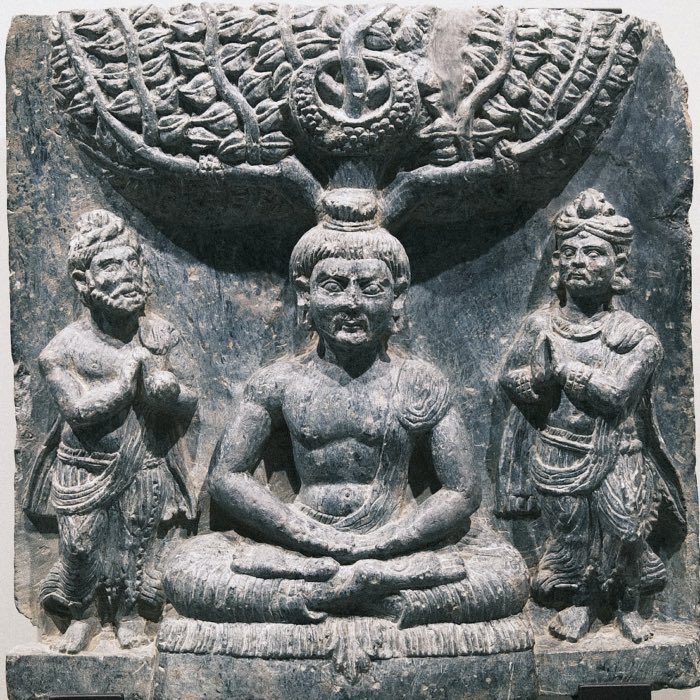


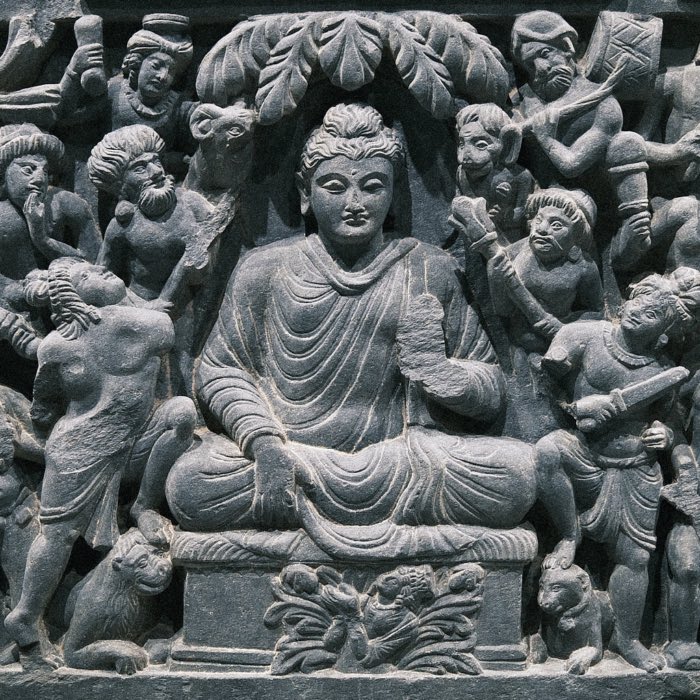












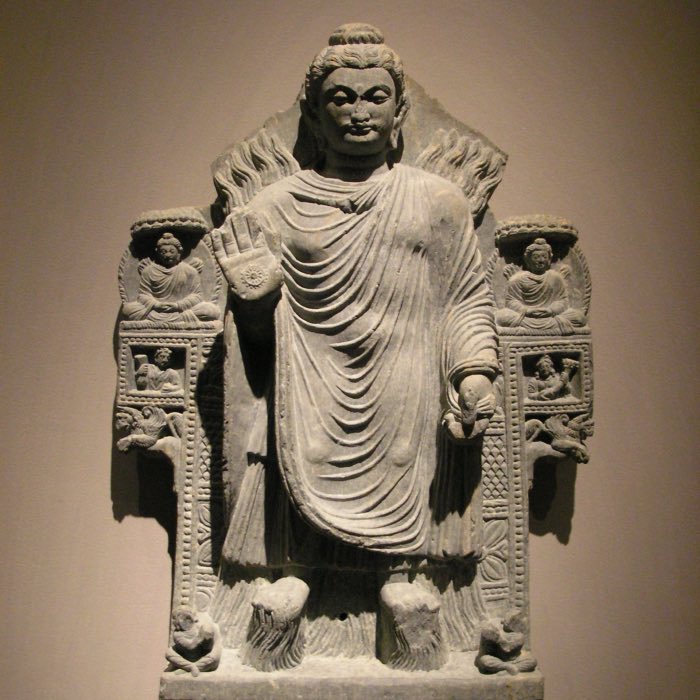







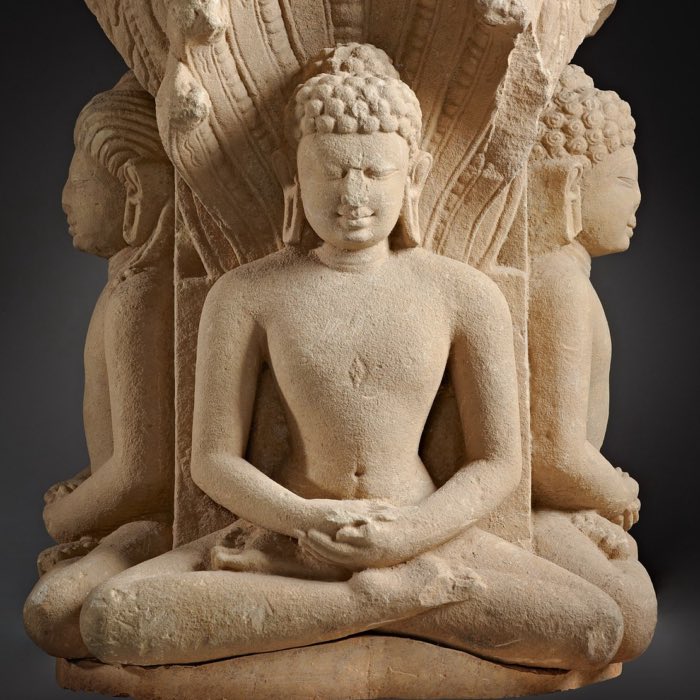







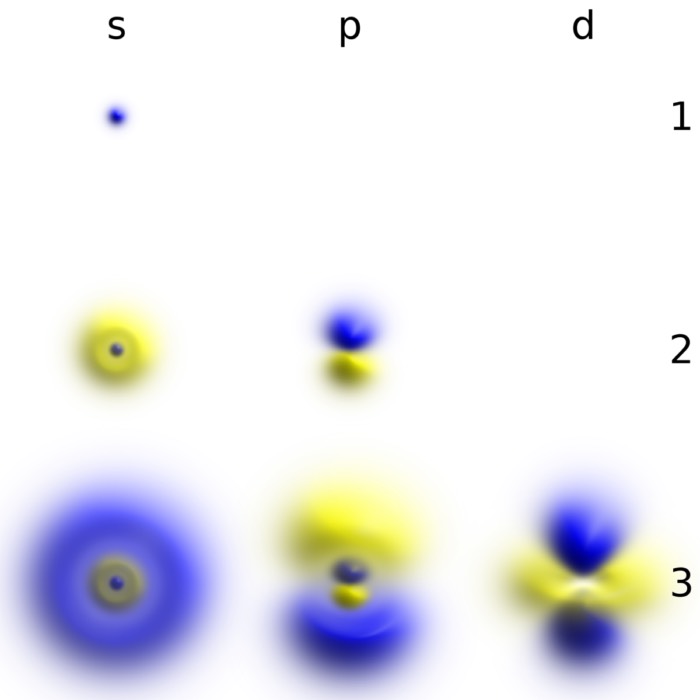

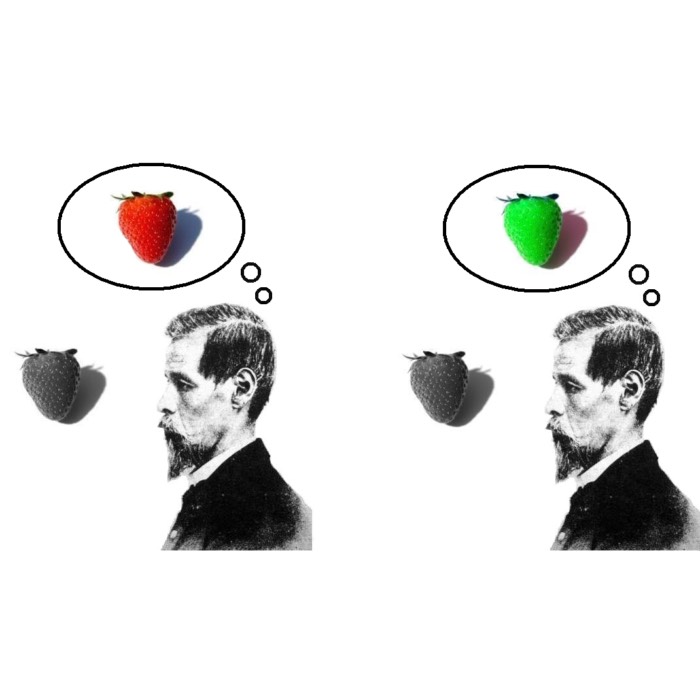
comments